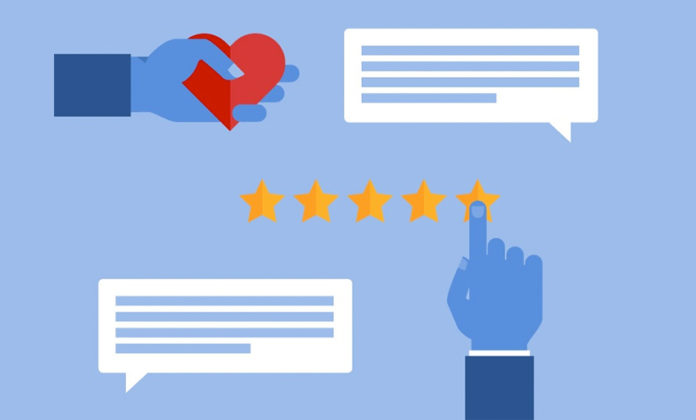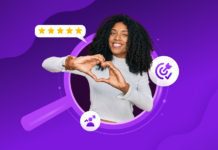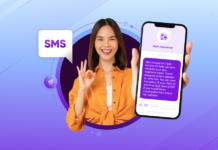It’s a pretty well known fact in the world of ecommerce that the most effective form of marketing is through word of mouth. Consumers trust a referral from a friend, family member, online review, or testimonial far more than any claim that the company itself makes. A recent Nielsen survey found that 84% of consumers say they either completely or somewhat trust product recommendations from family and friends.
So you’ve brought a stellar product to market, have an immersive and user-friendly ecommerce website, and have personalized the transaction and sales process. Because of all of these awesome features on your website, you’ve acquired a customer! And now you wait…and wait…and wait…they’re going to tell all of their friends, right?
The hard truth is, probably not.
At least not right away. Acquiring new customers through word of mouth requires time and a focused marketing plan. However, it’s easy to get caught up focusing solely on acquiring new customers. One of the keys to bringing in new customers? Re-engaging existing customers.
The Value of the Returning Customer
Sure, a sale alone is great. You make money. But the value of a lifetime customer—and a satisfied lifetime customer is far more desirable and lucrative. A McKinsey study found that E-commerce spending for new customers is on average $24.50, compared to $52.50 for repeat customers. Quite simply, once consumers have tested out whatever you’re selling and like it, they will be willing to spend more the second time. Pair that with the results of a Marketing Metrics study, one that found the probability of selling to an existing customer is 60-70%, whereas the probability of selling to a new prospect is 5-20%.
While these stats should be changing the business world as we know it…they don’t. Many sales people are incentivized by the number of new customers they acquire, which often leads to brushing existing ones under the rug. Building brand loyalty within an existing customer base is where the real potential return is. A sale is a one-time transaction. A loyal customer is ongoing revenue.
Re-Engage
Before you re-engage your existing customers, you should know:
A) Trends in their purchasing behavior
B) Frequency with which you plan to re-engage them
C) The lifecycle of your customer
These three elements will define your re-engagement strategy. If most of your customers use your e-commerce site for one-time purchases, you may engage with them less frequently as opposed to monthly purchases.
Alright, how exactly does an ecommerce business re-engage their existing customer base?
E-mail campaigns are a simple and effective way of re-engaging your customers. eMarketer found that 81% of online shoppers who receive emails based on previous shopping habits were at least somewhat likely to make a purchase as a result of targeted e-mail.
Be creative in your engagement. Simply having a nice interface or a streamlined buying process isn’t enough to differentiate anymore. Re-engagement doesn’t just mean offering special offers in various marketing formats—although that’s what most companies do.
Buffer, a social media app, had existing customers act as “guest bloggers” on their website. Those bloggers were paid to drive traffic to their blog articles, which were related to the overall mission of the Buffer app. The result was growth from 0 customers to 100,000 customers within nine months.
The Watch Gallery has a monthly online magazine that aggregates reviews, videos, articles of interest along with special deals. The magazine format is not only aesthetic, but gives existing customers valuable information for free.
C-NET, a news source for the tech-savvy, won back many of its existing customers by putting on a sweepstakes through a targeted e-mail. By subscribing to their e-mail newsletter, consumers were entered for a chance to win an all-expense paid trip to one of the year’s best tech conferences.
In each of these examples, each business created something of value in order to re-engage their customer base, making for a mutually beneficial relationship.
Turning Existing Customers into New Customers
Now that you’ve taken care of your existing customer base, how do you use their brand loyalty to find new customers? Incentivizing with referral programs makes for a mutually beneficial transaction for an existing customer to refer a friend. Giving discounts or incentives for customers to write reviews or testimonials can help build your reputation. Social media contests that encourage sharing of content or experiences can lead directly or indirectly to referrals.
So if you’re sitting there, twiddling your thumbs and waiting for your customers to tell their friends about your amazing e-commerce site, consider engaging your existing customer base and increasing brand loyalty to finally give them things to talk about with your company.





